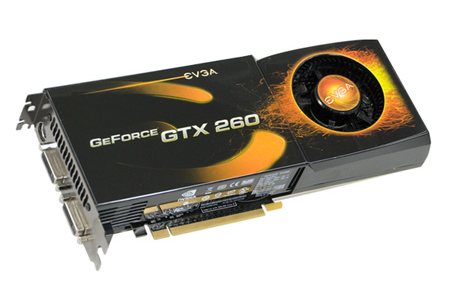Our Testbed, Game Detail Settings
The oldest component is the CPU. The Q6600 (65nm, 2.4GHz) was Intel's first consumer quad-core and debuted nearly six years ago, in early 2007. Its large L2 cache, hardware virtualization support, and excellent overclocking kept it popular even after 45nm Core 2 Quad CPUs based on Penryn became available.
The Asus Rampage Formula is a 2008 motherboard based on Intel's X48 chipset. The X48 chipset was the no-holds-barred enthusiast option for Core 2 Duo. The Geforce GTX 260 video card also launched in 2008; our GPU is an original GeForce GTX 260 on 65nm with 192 CUDA cores, not the "Core 216" variant that NVIDIA introduced later that same year.

Why an SSD, you ask? Because trying to load Shogun 2 off a hard drive is like trying to eat soup with a fork.
Who These Results Apply To:
These results should map directly to any gamer with a Core 2 Quad and an X38/X48 motherboard and at least 3GB of RAM. Gamers with P965, P35, or 975X boards should see very similar results, but these boards topped out at PCI-Express 1.1. At the time, there was no performance difference between PCIe 2.0 and PCIe 1.1; this may have changed since 2008.
These results don't necessarily apply if you've got an older Core 2 Duo. In 2008, precious few games used more than two threads. Quad-threaded titles are more prevalent than they used to be. It's possible that we'll revisit this question if enough of you are curious about the outcomes.
The Games:
We tested Battlefield 3, Borderlands 2, Civilization V, and Shogun 2. For the first three games, we tested the same graphics settings across both cards to compare the performance gain. With Shogun 2, we took screenshots of the GTX 260 vs the GTX 660 as well as the GTX 660 at a custom detail level above the "Very High" preset.
Texture filtering was set to "High Quality" in all games, on both cards.






